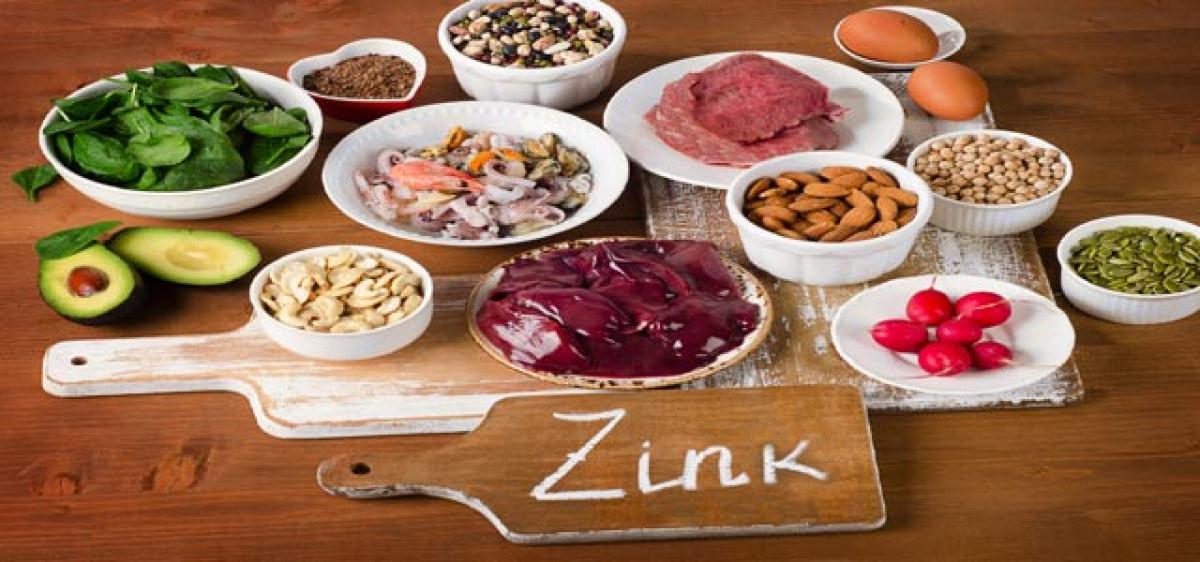Little extra zinc in diet may reduce DNA damage

A modest increase in dietary zinc about four milligrams can help reduce everyday wear and tear on our DNA, says a study.
A modest increase in dietary zinc about four milligrams can help reduce everyday wear and tear on our DNA, says a study. While most DNA damage is harmless, some can have serious ramifications and a decrease in the body's ability to fix this wear and tear may be an important component of ageing.
"We were pleasantly surprised to see that just a small increase in dietary zinc can have such a significant impact on how metabolism is carried out throughout the body," said lead researcher Janet King, Senior Scientist at Children's Hospital Oakland Research Institute in California.
"These results present a new strategy for measuring the impact of zinc on health and reinforce the evidence that food-based interventions can improve micronutrient deficiencies worldwide," King noted.
Zinc is ubiquitous in our body and facilitates many functions that are essential for preserving life. It plays a vital role in maintaining optimal childhood growth, and in ensuring a healthy immune system.
Zinc also helps limit inflammation and oxidative stress in our body, which are associated with the onset of chronic cardiovascular diseases and cancers.
Around much of the world, many households eat polished white rice or highly refined wheat or maize flours, which provide energy but do not provide enough essential micronutrients such as zinc.
In the absence of sufficient zinc, our ability to repair everyday wear and tear on our DNA is compromised. In the six-week study, the scientists measured the impact of zinc on human metabolism by counting DNA strand breaks.
They used the parameter of DNA damage to examine the influence of a moderate amount of zinc on healthy living. The findings published in the American Journal of Clinical Nutrition showed that a modest increase in dietary zinc reduces oxidative stress and damage to DNA.




















